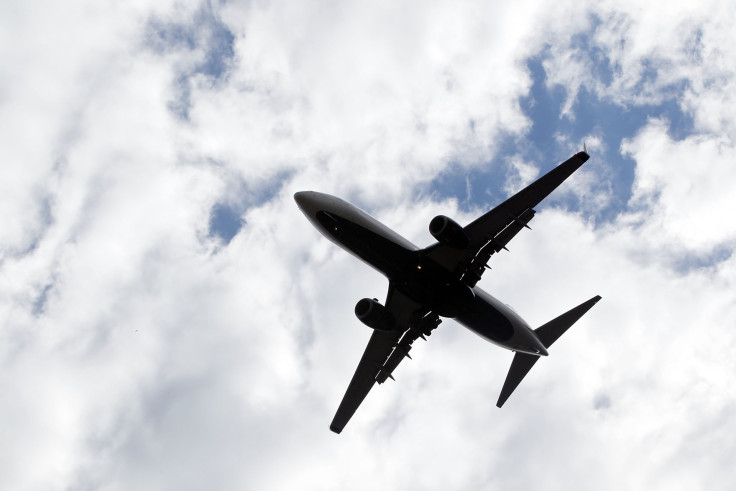COVID-Wise, Flying Is Safer than Buying Bread

There may be good news for people hoping to take to the skies before the holidays. The risk of COVID-19 transmission during air travel is less than you might think.
A new report published in JAMA found that “[T]he risk of contracting coronavirus disease 2019 (COVID-19) during air travel is lower than from an office building, classroom, supermarket, or commuter train.” That means that a flight might actually be less risky than a late-night grocery run.
Safer in the air?
Even though a plane may seem like the perfect place for viral transmission, with seats jammed so close together, there are mitigating factors. A plane uses recycled air. According to the article, some of the air goes through HEPA (high-efficiency particulate air) filters, which are “the same type used in operating rooms,” and the rest of it is from outside. Not all airplanes have HEPA filters.
The air comes down from the top of the cabin and is pulled out of the bottom to be recycled. This makes airflow and quality better than in the average room. There is little to no airflow in a normal room with no open windows, air filter or fan.
Best Practices
There are still some risks to air travel. The airport, unlike an airplane, does not have superior air filtration. So, what can be done? The authors suggest that airlines and airports follow these basic steps:
- Keep the flight crews free of infection
- Maintain good contact tracing
- Keep the airport clean and sanitized
- Screen passengers and limit close contact
- Encourage masks
- Modify things like food service to limit contact on planes
Taking passenger temperatures is another step some airlines are taking.
Doing your part
Passengers also need to do their part. People should not fly when sick and should wear a mask. As always, the rule of “see something, say something” applies: If another person seems to be unwell, passengers should mention it to the crew. Passengers should listen to the instructions of flight attendants and crew; they should limit contact with others and not touch their faces. Finally, and this is a strange one, passengers should when possible take the overhead fan and “adjust it to point straight at your head and keep it on full.”
Unfortunately, some transmission may happen. A report published by the Centers for Disease Control and Prevention said that two flight attendants contracted COVID-19 because of in-flight transmission.
There still may be problems
Reassuring as these claims are, they were met by some skepticism. Stefan Gingerich, MS, senior epidemiologist with the Minnesota Department of Health, wrote in the comment section of the JAMA article: “[N]ot every supermarket (or airplane) is the same, but some attempt at quantifying the risk of each activity mentioned would help make their point much more effectively.”
Mr. Gingerich pointed out that shopping in a virtually empty grocery store and staying more than six feet away from everyone else is very different from sitting on an eight-hour flight when the person in the aisle seat removes his or her mask 15 minutes in and coughs. Other commenters, like Bruce Davidson, MD, a pulmonary disease specialist with Providence Health System in Seattle, Wash., brought up the fact that not all HEPA filters are created equally or used properly.
One of the study authors responded to these concerns: “[A]ll efforts need to be continued to manage the risks for travelers.”
For Passengers
So, for people who do not need to fly, it might be worth waiting. But if you must take to the skies, there are ways to do it safely.
Sabrina Emms is a science journalist. She got her start as an intern at a health and science podcast out of Philadelphia public radio. Before that she worked as a researcher, looking at the way bones are formed. When out of the lab and away from her computer, she's moonlighted as a pig vet's assistant and a bagel baker.
Published by Medicaldaily.com



























